Terazosin is a medication primarily used to treat high blood pressure (hypertension) and symptoms of an enlarged prostate (benign prostatic hyperplasia, or BPH). It belongs to a class of drugs known as alpha-1 blockers, which work by relaxing blood vessels and the muscles in the prostate and bladder neck, improving urine flow, and reducing blood pressure.
Uses:
- Hypertension: Terazosin helps lower blood pressure by relaxing blood vessels, allowing blood to flow more easily.
- BPH: It relieves symptoms such as difficulty urinating, weak stream, and frequent urination, especially at night.
How to Take:
- Terazosin is usually taken orally, once or twice daily.
- It can be taken with or without food.
- The dose is typically started low and gradually increased to minimize side effects like dizziness.
Common Side Effects:
- Dizziness or lightheadedness
- Headache
- Fatigue
- Nasal congestion
- Swelling in hands or feet
Serious Side Effects:
Seek immediate medical care if these symptoms appear:
- Fainting or severe dizziness
- Rapid or irregular heartbeat
- Priapism (a prolonged, painful erection)
- Allergic reaction signs: Rash, itching, swelling, severe dizziness, or difficulty breathing.
Precautions:
- Inform your doctor if you have a history of low blood pressure, kidney or liver disease, or heart conditions.
- Terazosin can cause dizziness, especially when standing up quickly, so rise slowly from a sitting or lying position.
- Avoid alcohol, as it can worsen dizziness.
Drug Interactions:
- Terazosin may interact with other blood pressure medications, erectile dysfunction drugs (e.g., sildenafil), and certain antidepressants.
- Always notify your doctor about all the medications you are using.
If you have been prescribed terazosin, follow your doctor’s instructions carefully and report any unusual symptoms. Avoid stopping the medication abruptly without consulting your healthcare provider.









